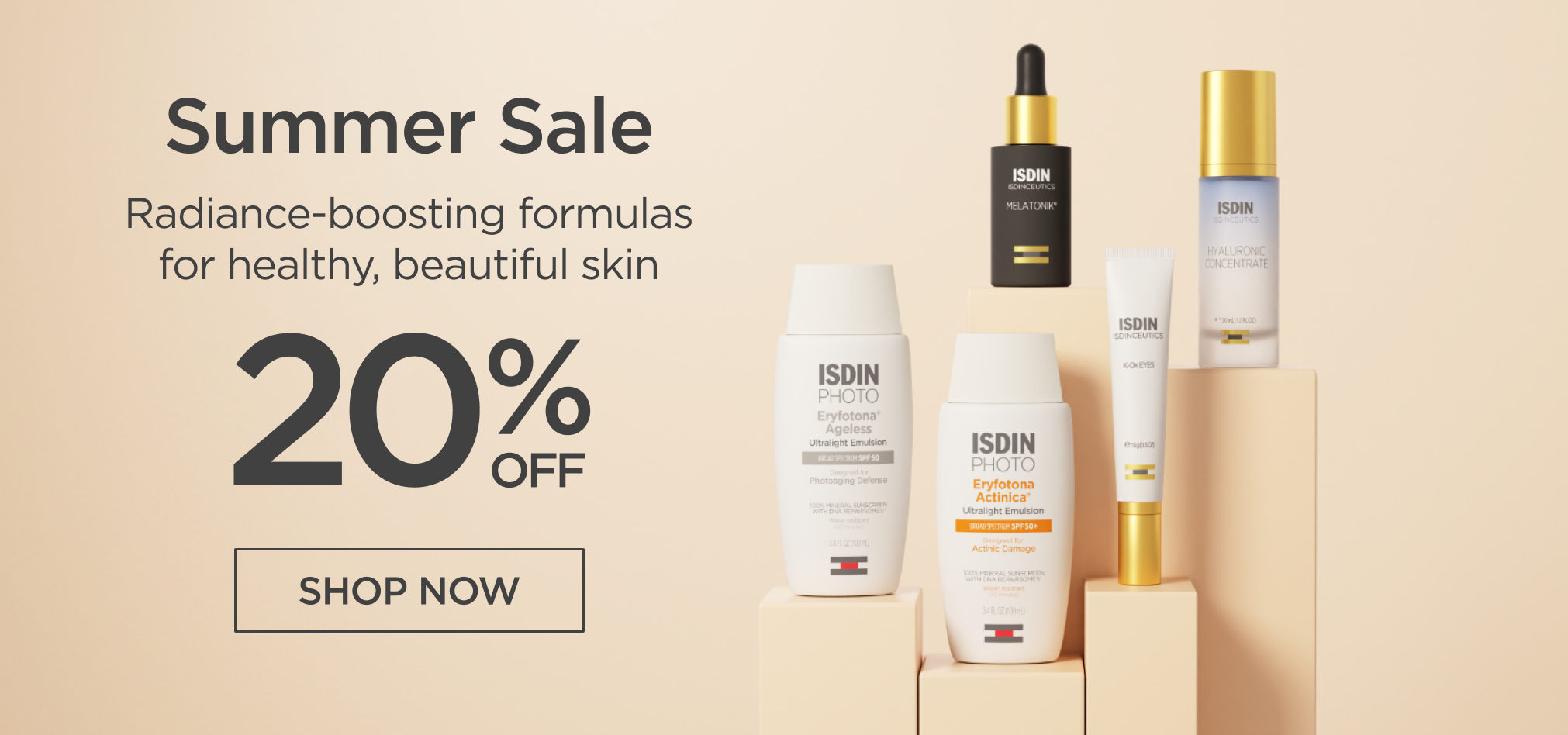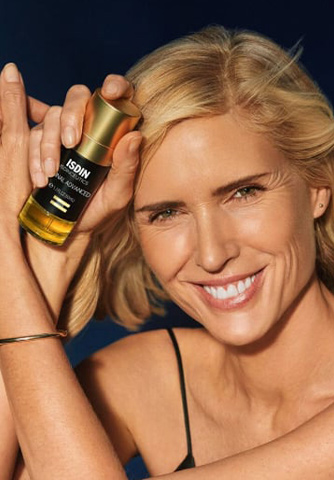It’s time to embrace the season of warm sweaters, cozy meals, and catching up with loved ones by the fireside. But amidst the falling temps, itchy, uncomfortable skin might also show up to the festivities — uninvited.
Sudden changes in indoor and outdoor climates can make your skin more vulnerable. Fortunately, you can proactively protect your skin by updating your winter skincare routine.
Let’s get started — ‘cause baby it’s cold outside!
Table of Contents
How can winter weather affect my skin?
It’s natural to feel the effects of changing seasons on your skin throughout the year. But, winter’s chill has a particularly notorious reputation.
That’s because dry, cold climates can hinder your skin’s natural barrier function. The skin barrier works to keep the good things in (water, oils) and the not-so-good out (irritants, pollution). But when its defenses go down, skin cells kick up their production of pro-inflammatory proteins and cortisol. The result? Stressed-out skin can become even more reactive towards cold winter weather — and sensitivity and dryness may follow.
When your skin barrier isn’t functioning at its best it can also affect your skin’s lipid production. These naturally-occurring fats help retain moisture, but when they’re not in top shape your skin may end up feeling dry and tight.
Not to worry — a few minor tweaks to your routine can help calm things down.
Your step-by-step winter skincare routine
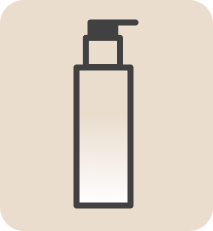
Step 1: Use a nourishing oil cleanser
An oil cleanser is your best bet for a deep clean that doesn’t strip the skin. Oil attracts oil, making it ideal for gently removing oil-based residues, such as the skin’s sebum, waterproof makeup, and some water-resistant sunscreens.
Most importantly, look for oil cleansers with the softness of an emulsion. This smooth texture respects the skin barrier — keeping winter skin more than comfortable.
Our recommendation: Essential Cleansing
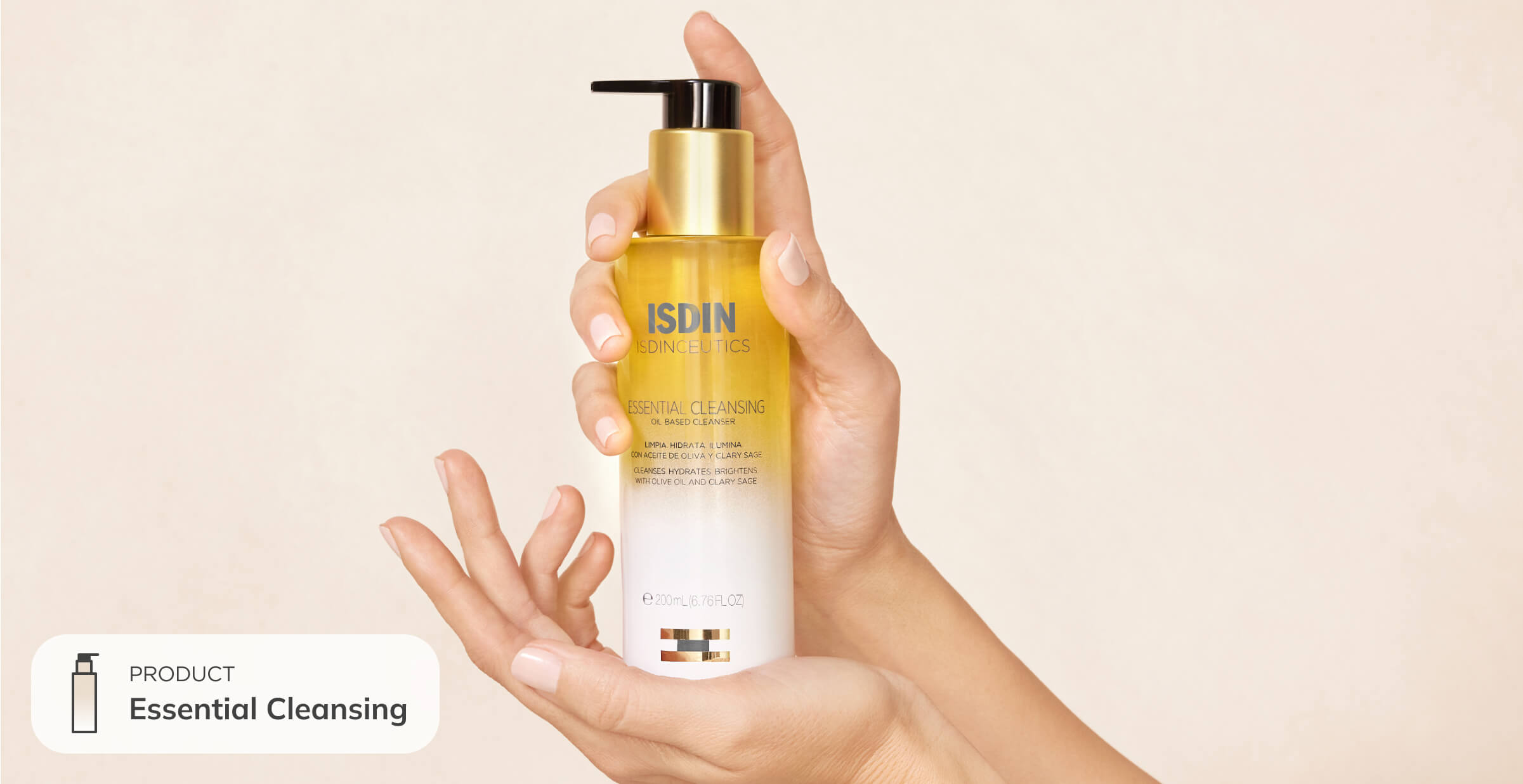

Step 2: Apply a hydrating eye cream
Since the skin under your eyes is some of the thinnest on your body, it’s also one of the first places to show signs of dryness. Our favorite hydration hero? Hyaluronic acid. Naturally found in our joints, connective tissue, and skin, this molecule retains and binds to water. And eye contour formulas containing hyaluronic acid can help boost hydration and soften the first visible signs of aging.
Hydrating? Revitalizing? Brightening? Find your perfect eye contour cream.
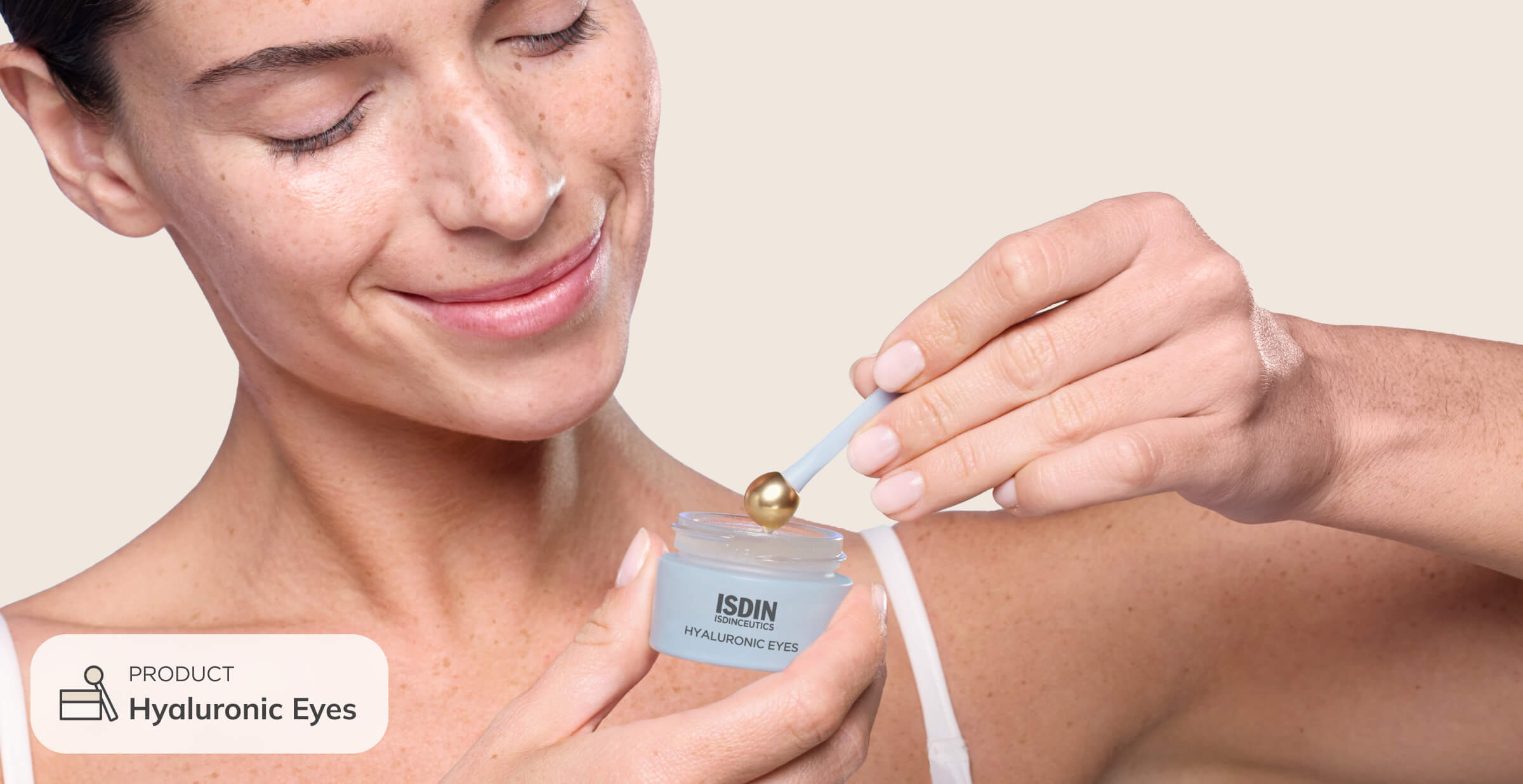
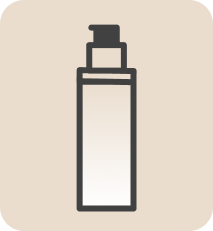
Step 3: Reach for a hydrating serum
Tight, dry skin is the opposite of cozy. — that’s why the chillier months signal a need for heavy-hitting hydration.
In both your morning and evening routines, turn to a hyaluronic acid serum to help lock in moisture. Opt for formulas featuring peptides for an additional smoothing effect.
Our recommendation: Hyaluronic Concentrate
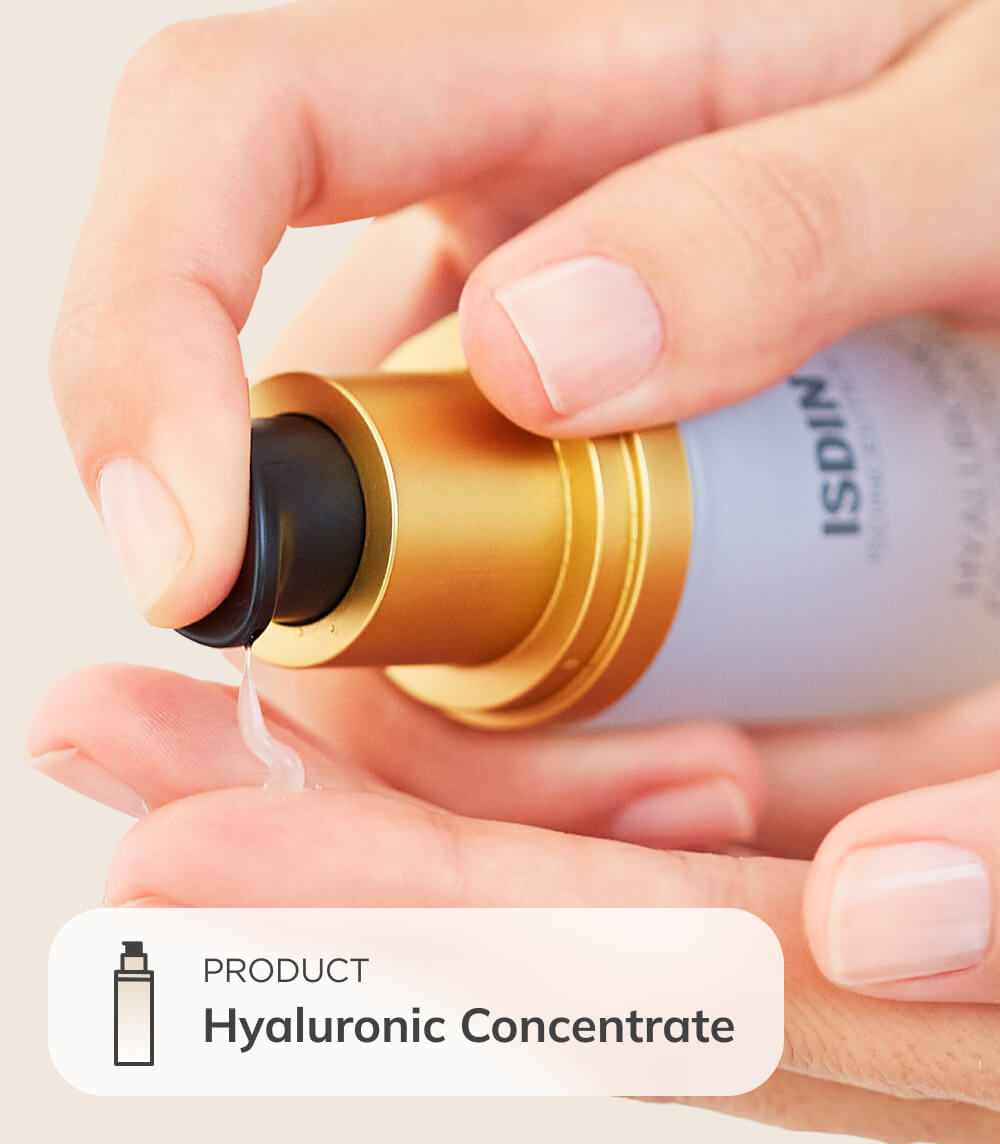

Step 4: Turn to a targeted moisturizer
Now it’s time to seal in the moisture with a comforting moisturizer. And while hydration takes center stage in this step too, it’s best to find a formula fit for your specific needs.
In your 20s and 30s, a lightweight hyaluronic-acid-based moisturizer should do the trick, while more mature skin may benefit from richer, rejuvenating creams. For the latter, consider formulas featuring carnosine to help smooth and firm winter skin.
Find out which moisturizer is best for you with our quick quiz.
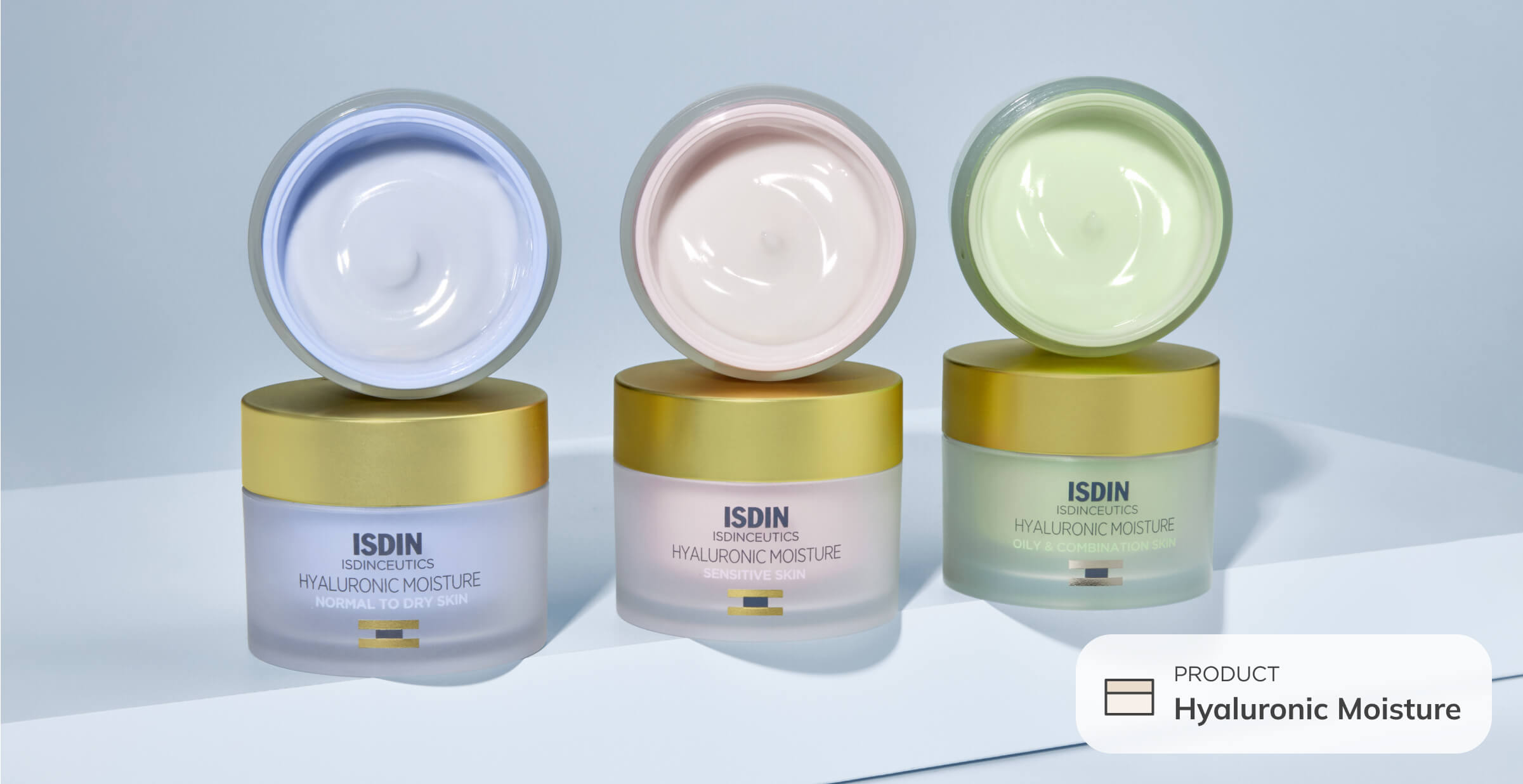

Step 5: Don’t forget the sunscreen
Even as the days shorten and the nights get longer, you still need to protect your skin from UV radiation. Sunburn-causing UVB rays are the strongest in the summertime. But, they can still take a toll on your skin year round, especially when enjoying winter sports.
Meanwhile, unlike UVB rays, UVA radiation is constant all day. And it reaches your skin even on cloudy days and inside your car, office, or house. ¡Opt for a sunscreen labeled as broad spectrum — meaning it meets FDA standards for UVA protection. And the higher the SPF, the higher the UVA protection will be too.
Our recommendation: Eryfotona Actinica
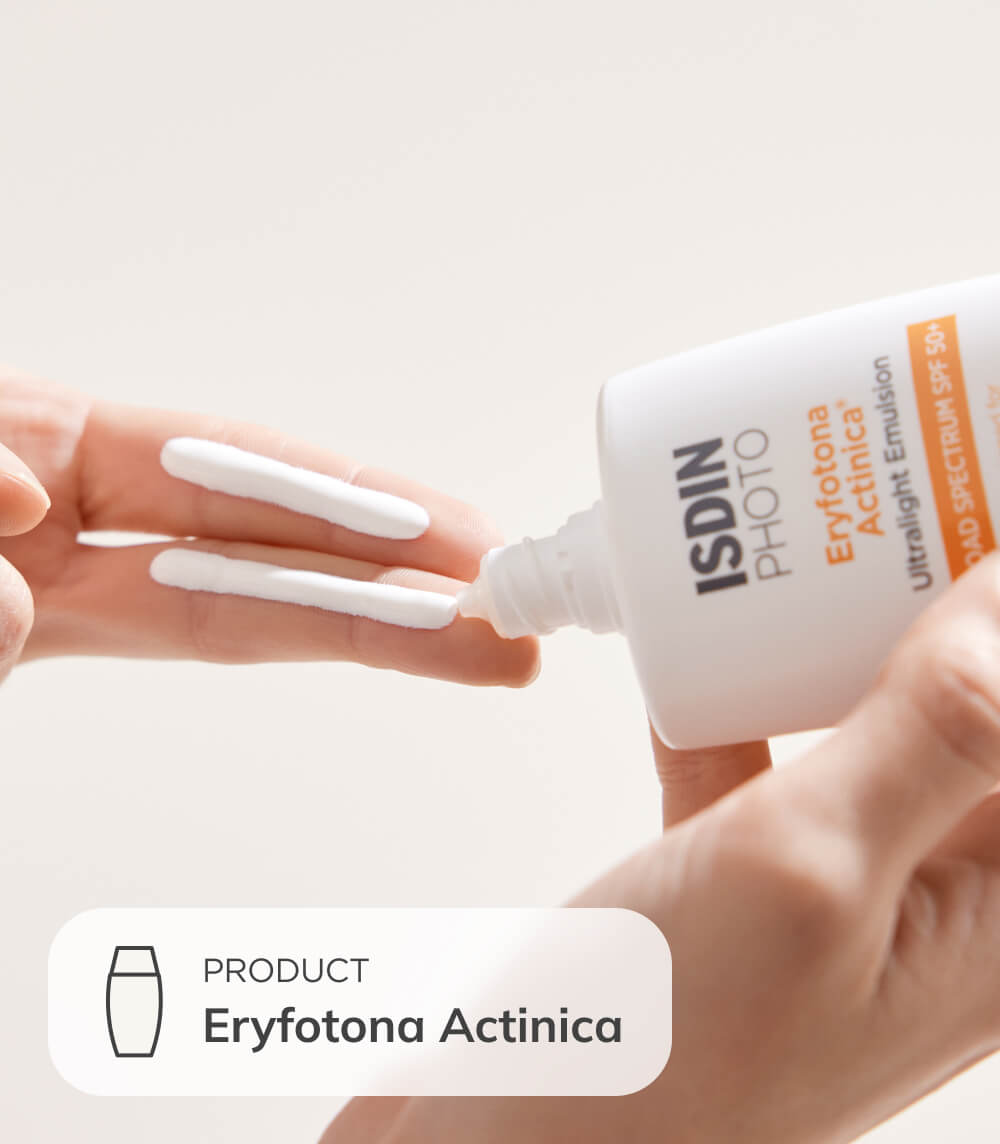

Extra step: Add in gentle exfoliation
Exfoliation helps get rid of dead skin cells and encourages healthy turnover — meaning it can also help smooth out your skin texture to get rid of dry, flaky skin. But there are some special considerations when it comes to the colder months. Some manual exfoliants, AKA grainy exfoliating scrubs, can irritate the skin further and lead to more dryness.
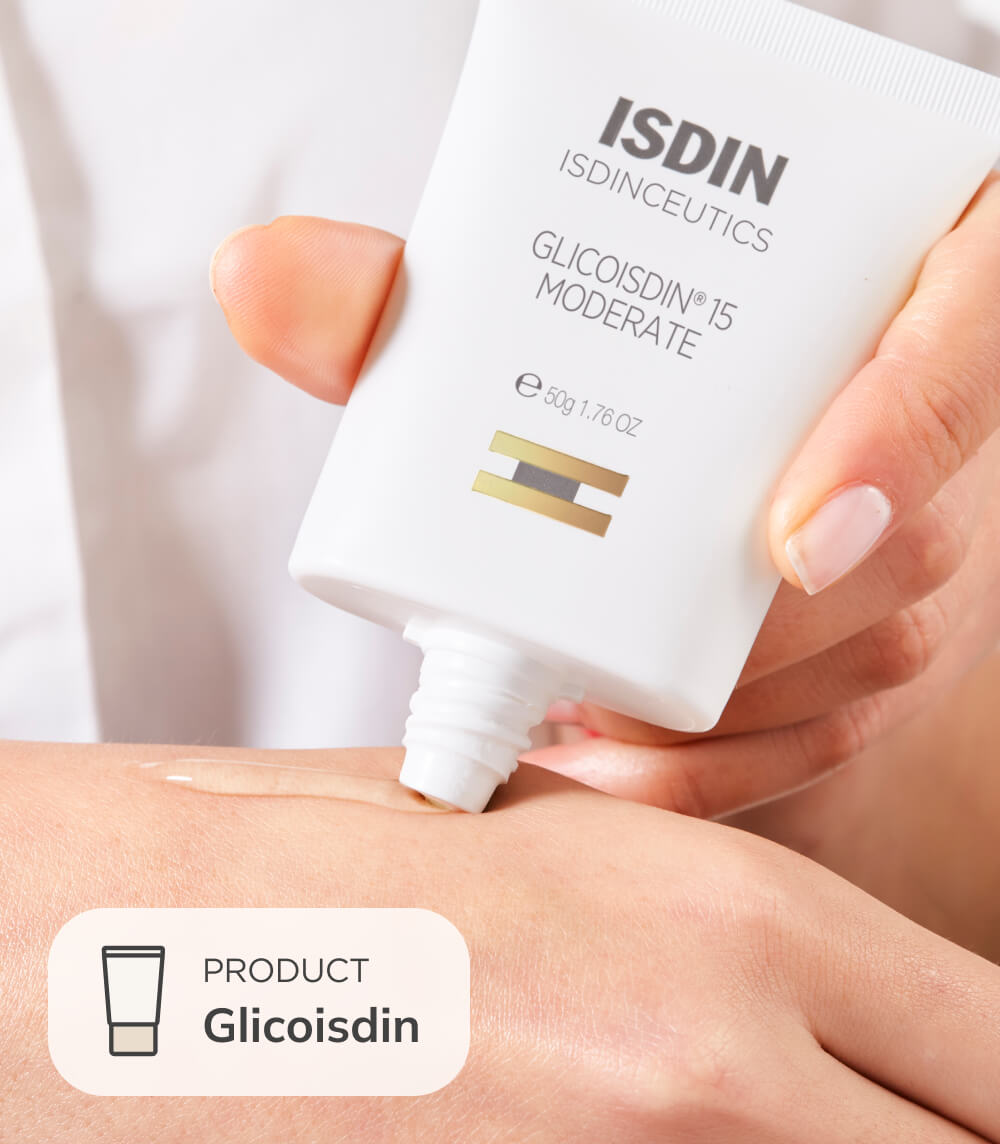
In a winter skincare routine for dry skin, chemical exfoliants like AHAs (alpha-hydroxy acids) are the ideal choice. Glycolic acid is a popular AHA with water-attracting properties — meaning it’s effective while still being kind to skin with the winter blues.
How to get started? Choose a glycolic acid formula suited to your specific needs. If it’s your first time using one, start slowly and follow the product’s instructions. And remember to apply sunscreen every day!
As the temperatures drop, turn to this step-by-step winter face care routine and cozy up to healthy, beautiful skin.
Not ready to revise your whole routine? Remember that even small changes can make the difference between a dry, irritated complexion and comfy, hydrated skin. Start now, and you’ll warm up to the winter chill before you know it.
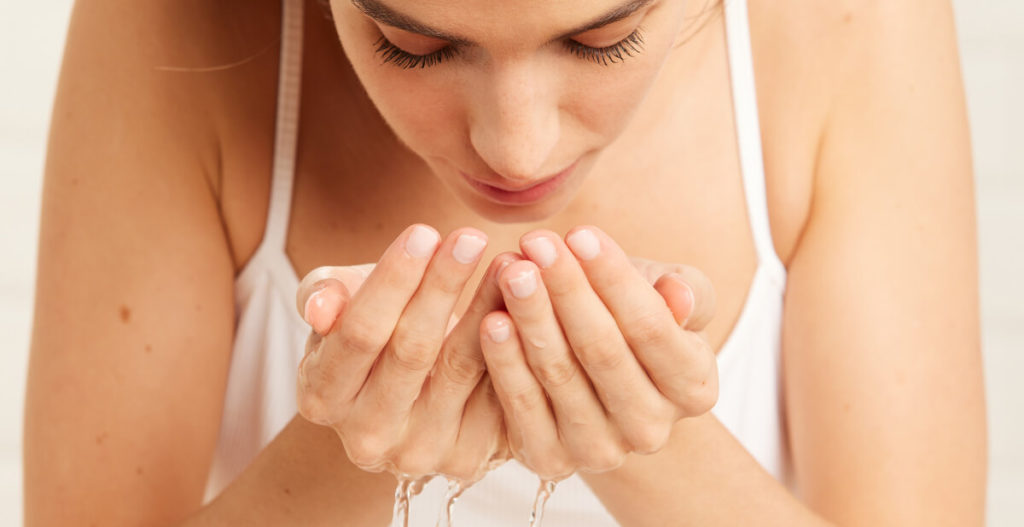
References:
¹Data on file. ISDIN Corp. 2024. Morristown, NJ
2Draelos ZD, Gunt H, Zeichner J, Levy S. Clinical Evaluation of a Nature-Based Bakuchiol Anti-Aging Moisturizer for Sensitive Skin. J Drugs Dermatol. 2020 Dec 1;19(12):1181-1183. doi: 10.36849/JDD.2020.5522. PMID: 33346506.
3Engebretsen, K., Johansen, J., Kezic, S., Linneberg, A. and Thyssen, J. (2016), The effect of environmental humidity and temperature on skin barrier function and dermatitis. J Eur Acad Dermatol Venereol, 30: 223-249. https://doi.org/10.1111/jdv.13301
4Meyer K, Pappas A, Dunn K, et al. Evaluation of Seasonal Changes in Facial Skin With and Without Acne. Journal of Drugs in Dermatology: JDD. 2015 Jun;14(6):593-601. PMID: 26091385.
Behind the blog:
Article written and reviewed by:
Amy is a content strategist who turned a part-time obsession with skincare into a full-time passion. Her experience as a creative storyteller includes a range of lifestyle and technology topics across Washington D.C. and Barcelona. What's in her travel bag? Eye contour cream and sunscreen, always.


